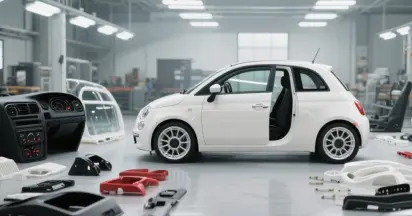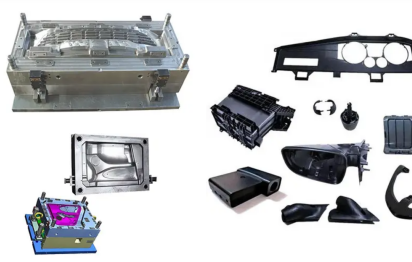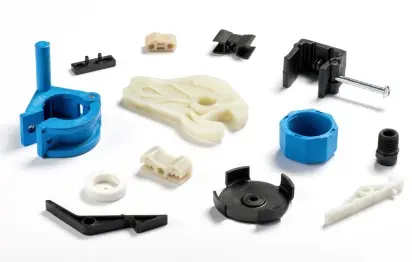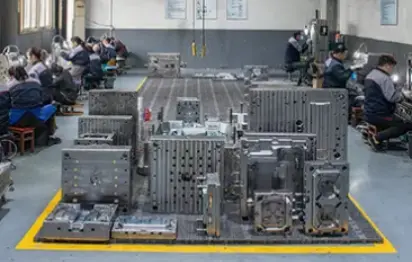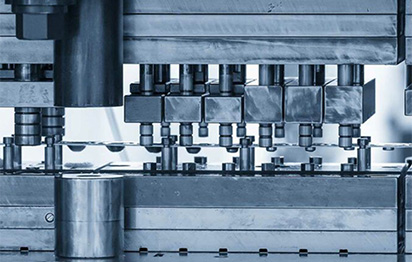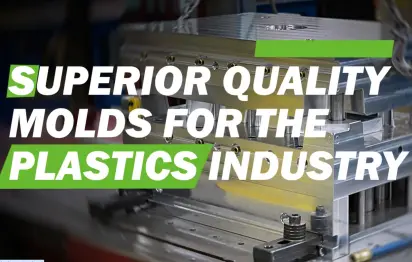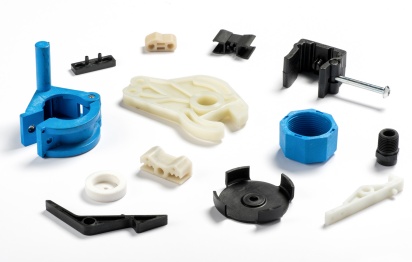Driving the Future: How Injection Molding is Powering the NEV Revolution
As the global shift toward sustainability accelerates, new energy vehicles (NEVs)—including electric cars, plug-in hybrids, and fuel cell vehicles—are driving the future of mobility. Behind the scenes of this rapid evolution lies a critical yet often overlooked technology: Injection Molding. From lightweight components to intricate battery housings,injection molding is playing a pivotal role in shaping the NEV industry by delivering precision, efficiency, and innovation.
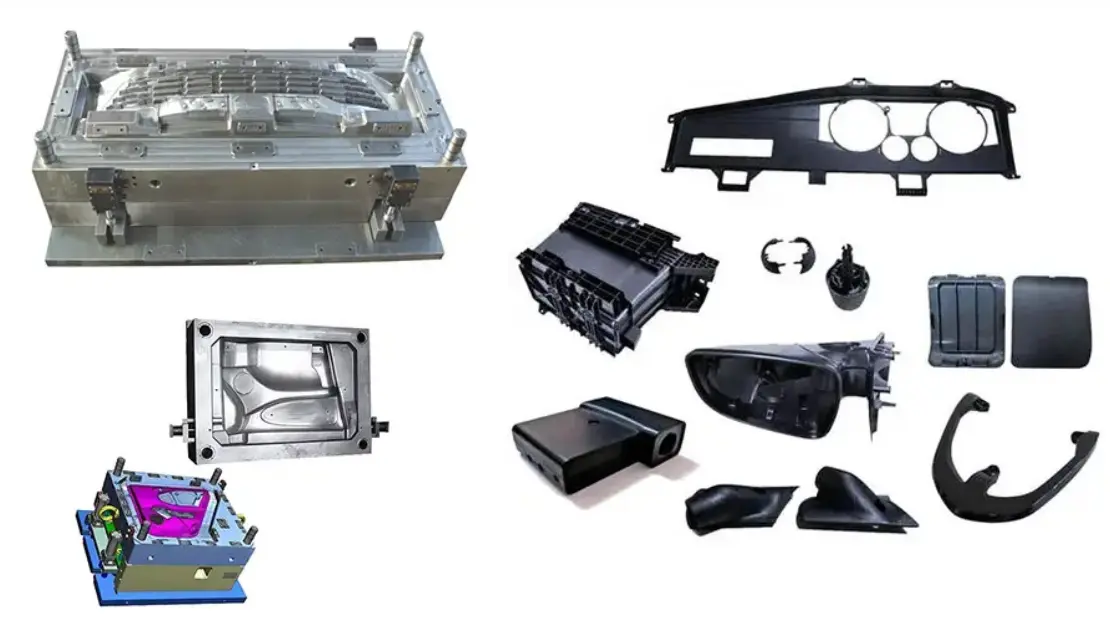
The Need for Lightweight, High-Performance Parts
In the world of NEVs, every gram counts. Reducing vehicle weight is essential to improving range, battery efficiency, and overall performance. Traditional metal parts are being replaced by high-strength plastic components, which offer the same durability with significantly lower weight. Injection molding enables manufacturers to create complex, lightweight parts that meet stringent automotive standards—without compromising on quality or strength.
From dashboards and door panels to under-the-hood components, Injection-Molded parts help NEV manufacturers strike the perfect balance between performance and efficiency. These parts are not only lighter, but also more resistant to corrosion, making them ideal for the long-term demands of electric mobility.
Accuracy and consistency in complex designs
NEVs rely on complex systems that require extremely high precision. Battery housings, electronic housings, and charging interface components must be manufactured to exacting tolerances to ensure safety and functionality. Injection molding offers unmatched consistency and precision, allowing identical parts to be produced at scale with minimal variation.
Advanced molding techniques such as multi-material molding and insert molding also allow different materials and components to be integrated into a single part. This level of innovation simplifies production and reduces the need for additional assembly. This is particularly important in the rapidly evolving new energy vehicle industry.
Supporting Innovation in Electric Powertrains
The heart of every new energy vehicle is the electric powertrain, where injection molding technology plays a key role. Cooling systems, battery management units, inverters and connectors all benefit from injection molded parts with high heat resistance and electrical insulation.
In addition, specialized plastic materials developed for high voltage and thermal management applications are making new energy vehicles safer and more efficient. Using these materials in injection molding allows manufacturers to design parts that can withstand the harsh conditions of the electric powertrain while keeping production times and costs down.
Sustainable and Scalable Production
As the new energy vehicle market expands, scalability and sustainability become more important than ever. Injection molding technology combines both of these characteristics. Thanks to recyclable thermoplastics and advanced process control systems, injection molding technology enables mass production while minimizing material waste.
In addition, modern molding facilities actively practice environmentally friendly manufacturing principles with energy-efficient equipment, closed-loop recycling systems, and low-emission materials. These practices are consistent with the environmental protection mission of new energy vehicles, making injection molding technology an inevitable choice for the future development of the industry.
Conclusion
The NEV revolution is not just about batteries and motors—it's also about the materials and manufacturing methods driving innovation behind the scenes. Injection molding stands out as a foundational technology that empowers NEV manufacturers to build smarter, lighter, and more sustainable vehicles. As demand for clean transportation grows, so too will the role of injection molding in shaping the next generation of mobility.






